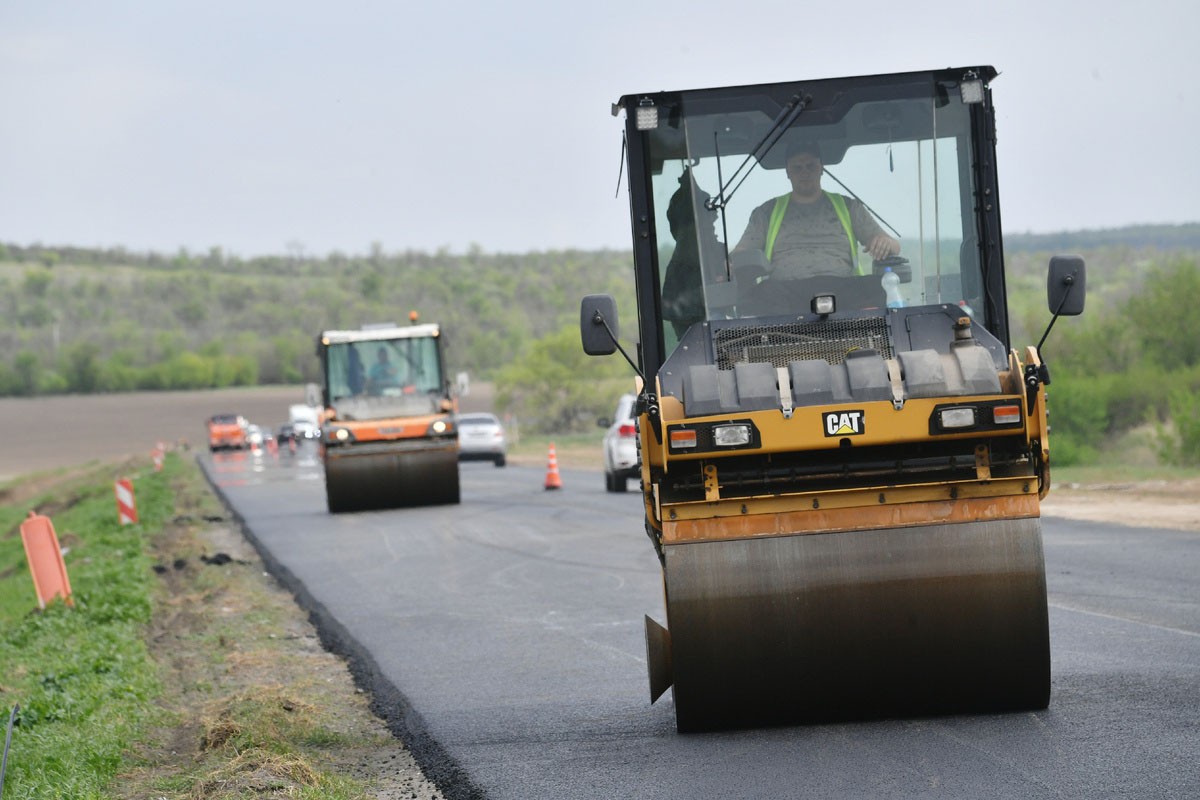Against the background of the established abnormally hot weather in Uzbekistan, railway companies decided to temporarily limit the speed of passenger trains. The measure is of a preventive nature and is aimed at ensuring the safety of transportation in extreme temperatures.
According to railway operators, during daytime hours the air temperature in some regions exceeds +45 °C. With such indicators, the thermal load on rails, equipment and rolling stock increases significantly. This can lead to deformation of the railway bed and create risks for the stable operation of highways.
In this regard, it was decided to reduce the speed limit on a number of sections. This, in turn, affects the accuracy of following the schedule: some passenger trains arrive at their destination stations with a delay.
Railway services pay attention to the fact that such measures comply with standard international practice in extreme weather conditions. Restrictions are imposed locally, depending on the temperature regime, and are adjusted in real time based on infrastructure monitoring data.
The press service of the operator asks passengers to take into account possible changes in the schedule when planning trips. In case of significant deviations, the company undertakes to promptly inform about delays and provide the necessary logistics support.
Technical control and security services monitor the condition of rails, components, and alarm systems around the clock. According to preliminary data, at the time of publication, there were no violations affecting traffic safety.
The introduction of temporary speed limits is one of several measures taken against the background of climate anomalies. Uzbekistan's railway industry has previously developed adaptation protocols that include technical audits of rolling stock, the use of special lubricants, and changes in repair schedules depending on air temperature.
Restrictions are expected to remain in effect until weather conditions stabilize. At the same time, railway operators declare the priority of passenger safety and infrastructure safety when making such decisions.












